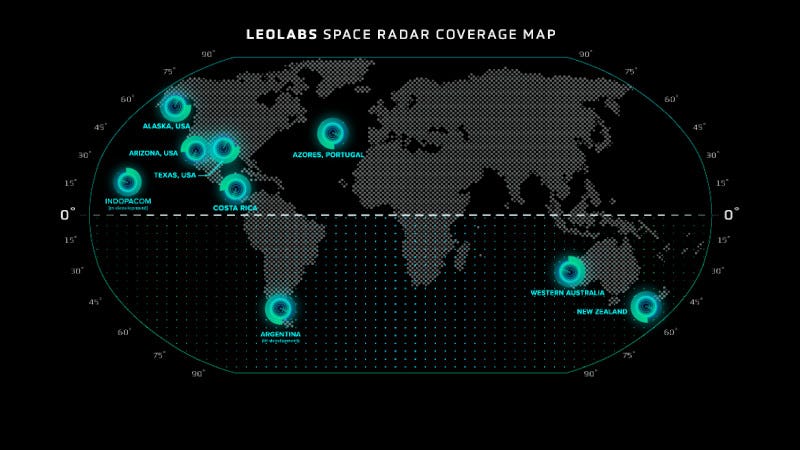Next-Generation Expeditionary Radar Announced
LeoLabs Prepares for Advanced Space Domain Awareness Missions
A new, next-generation radar class designed for mobility, modularity, and rapid deployment has been announced by LeoLabs. As space becomes more congested, competitive, and unpredictable, the new Scout ground-based surveillance global radar network is designed to keep pace with and directly meet evolving mission needs.
"By integrating next-generation and …
Keep reading with a 7-day free trial
Subscribe to The Journal of Space Commerce to keep reading this post and get 7 days of free access to the full post archives.



